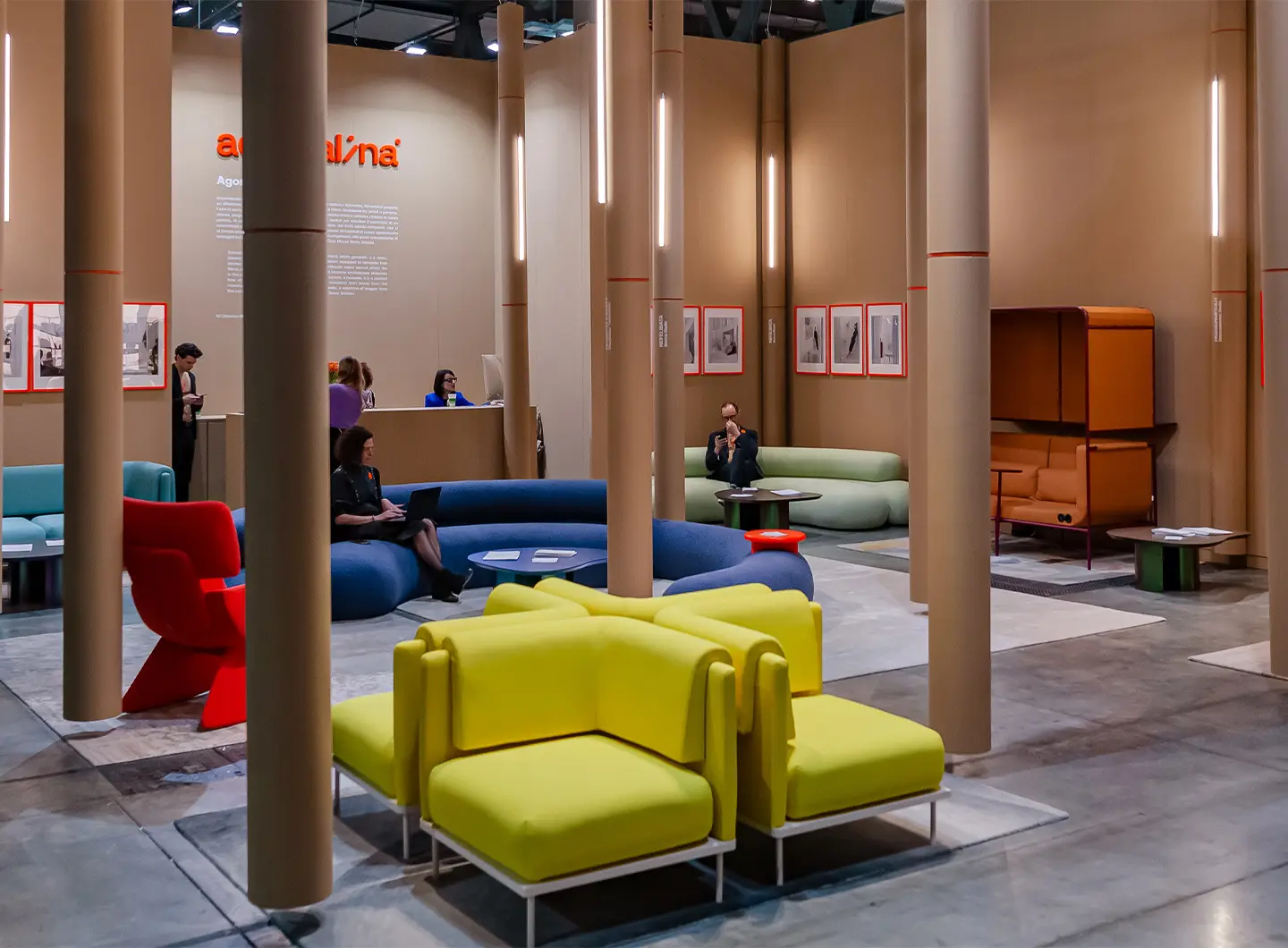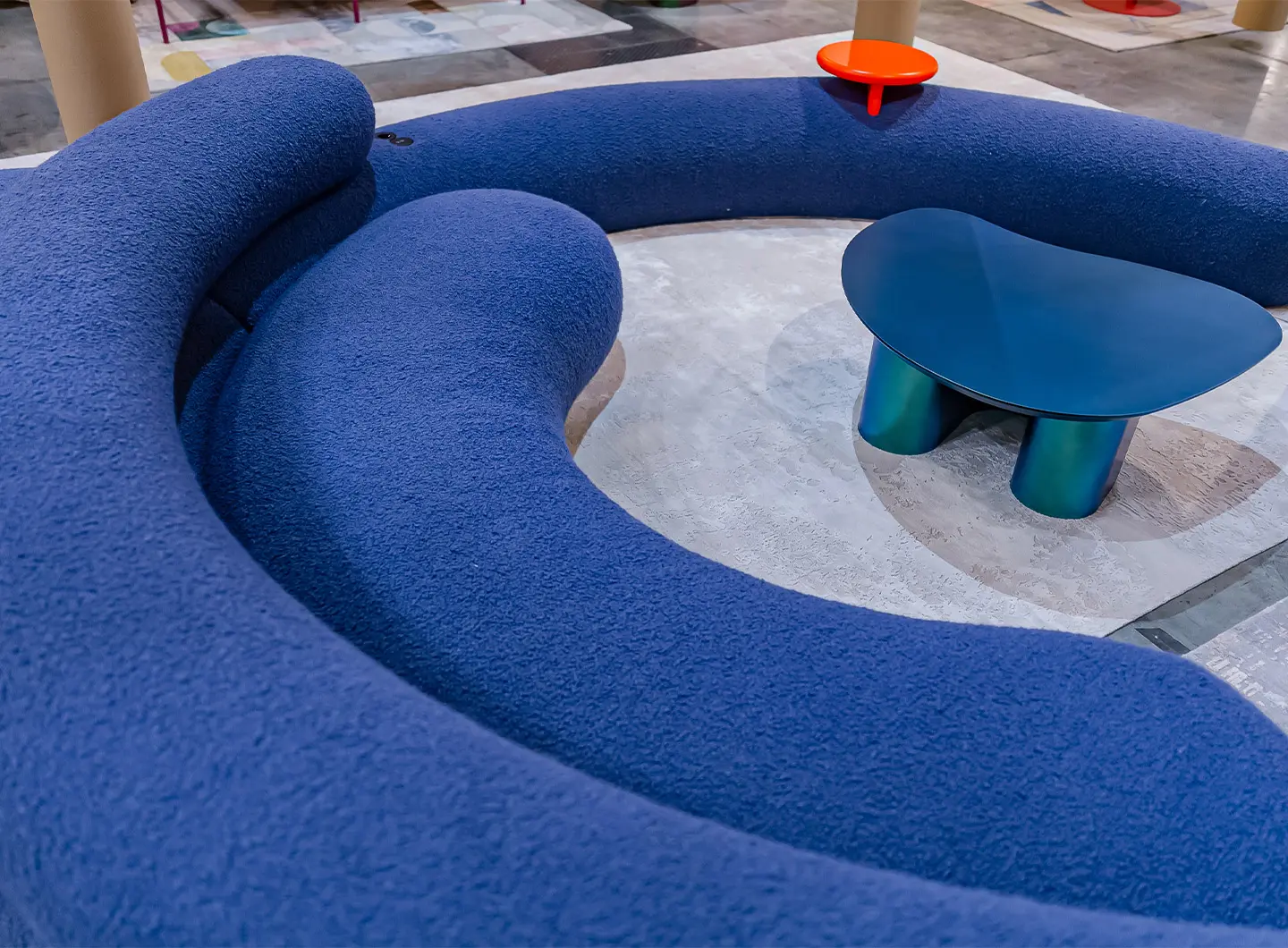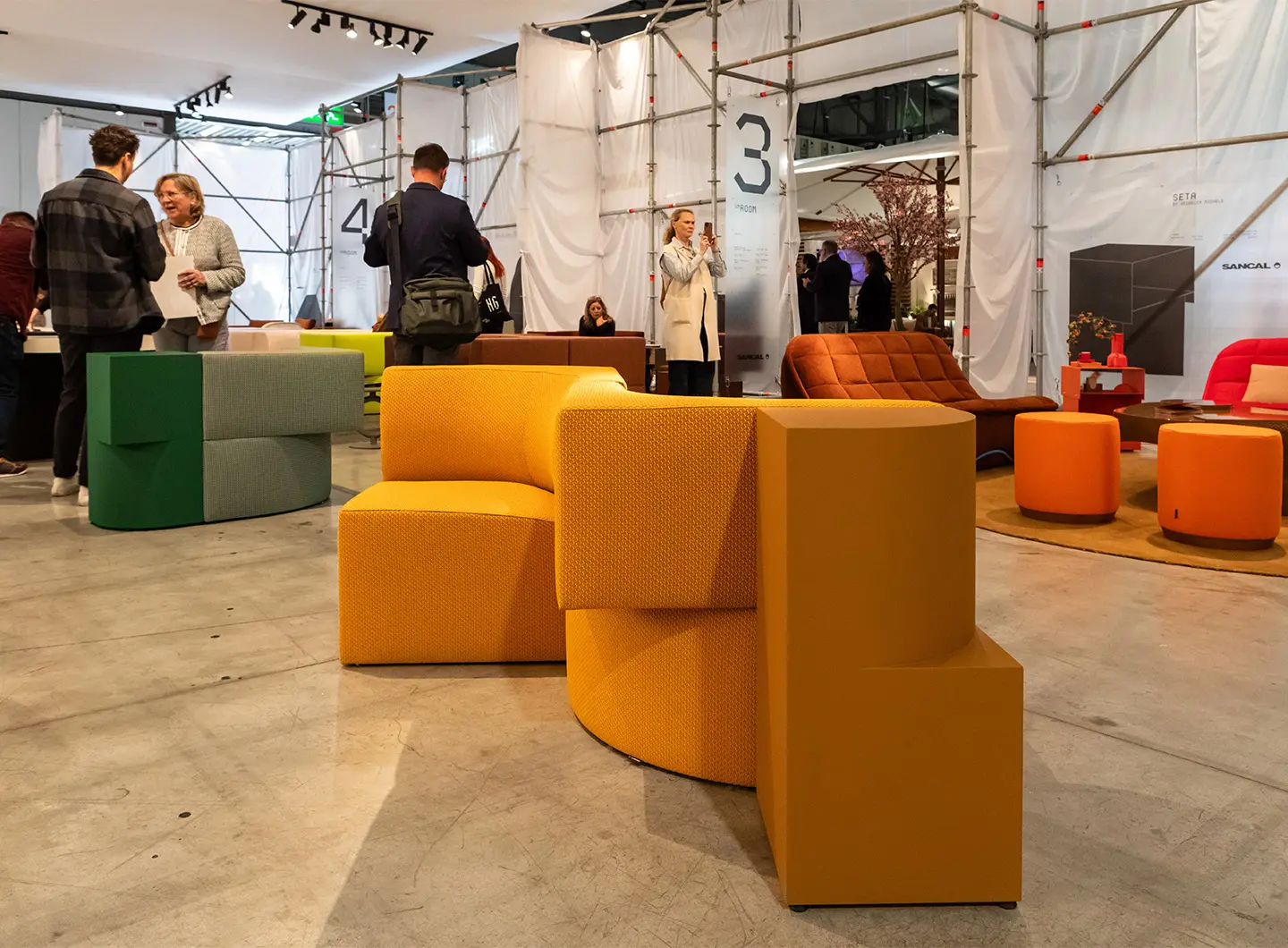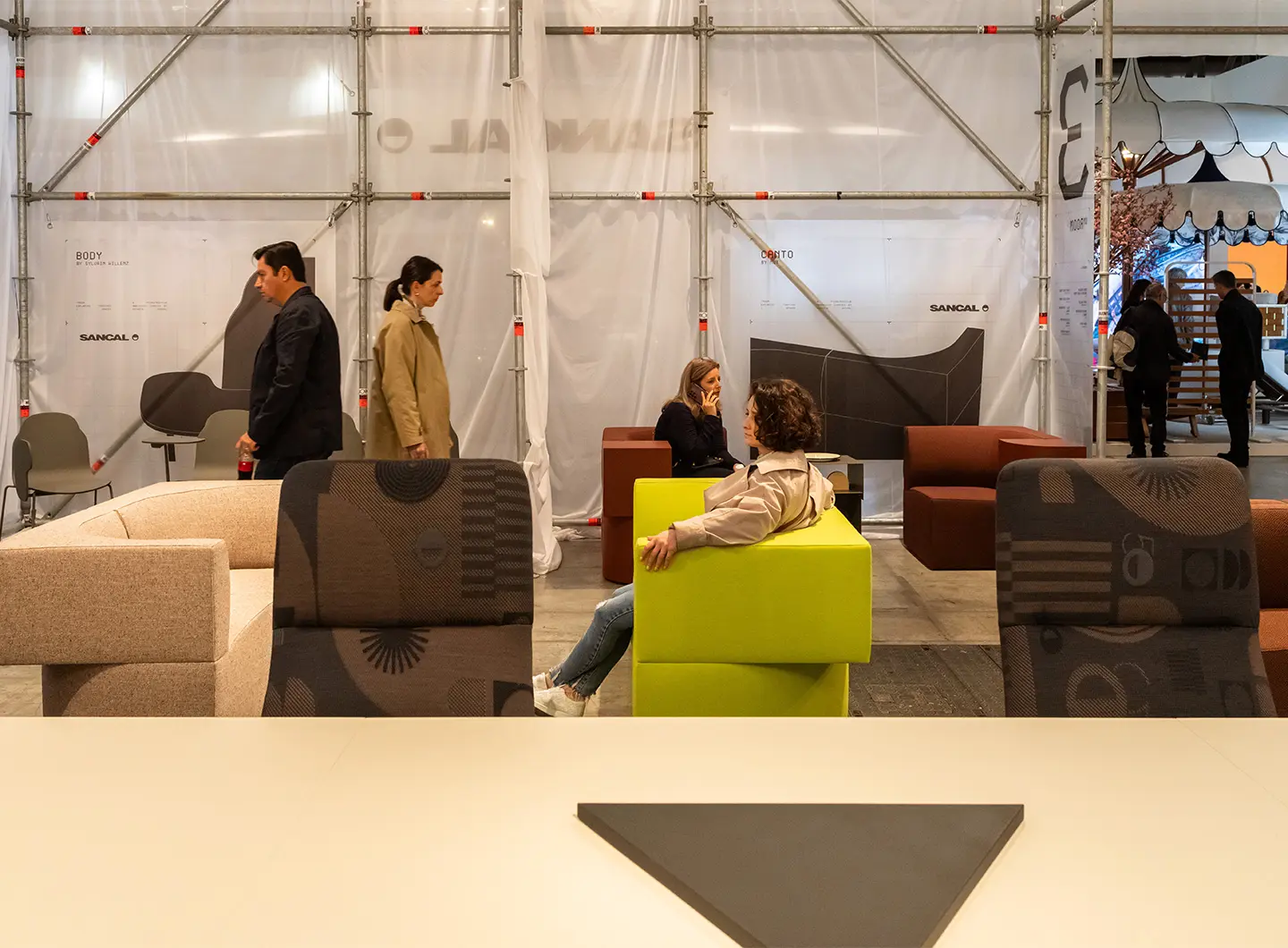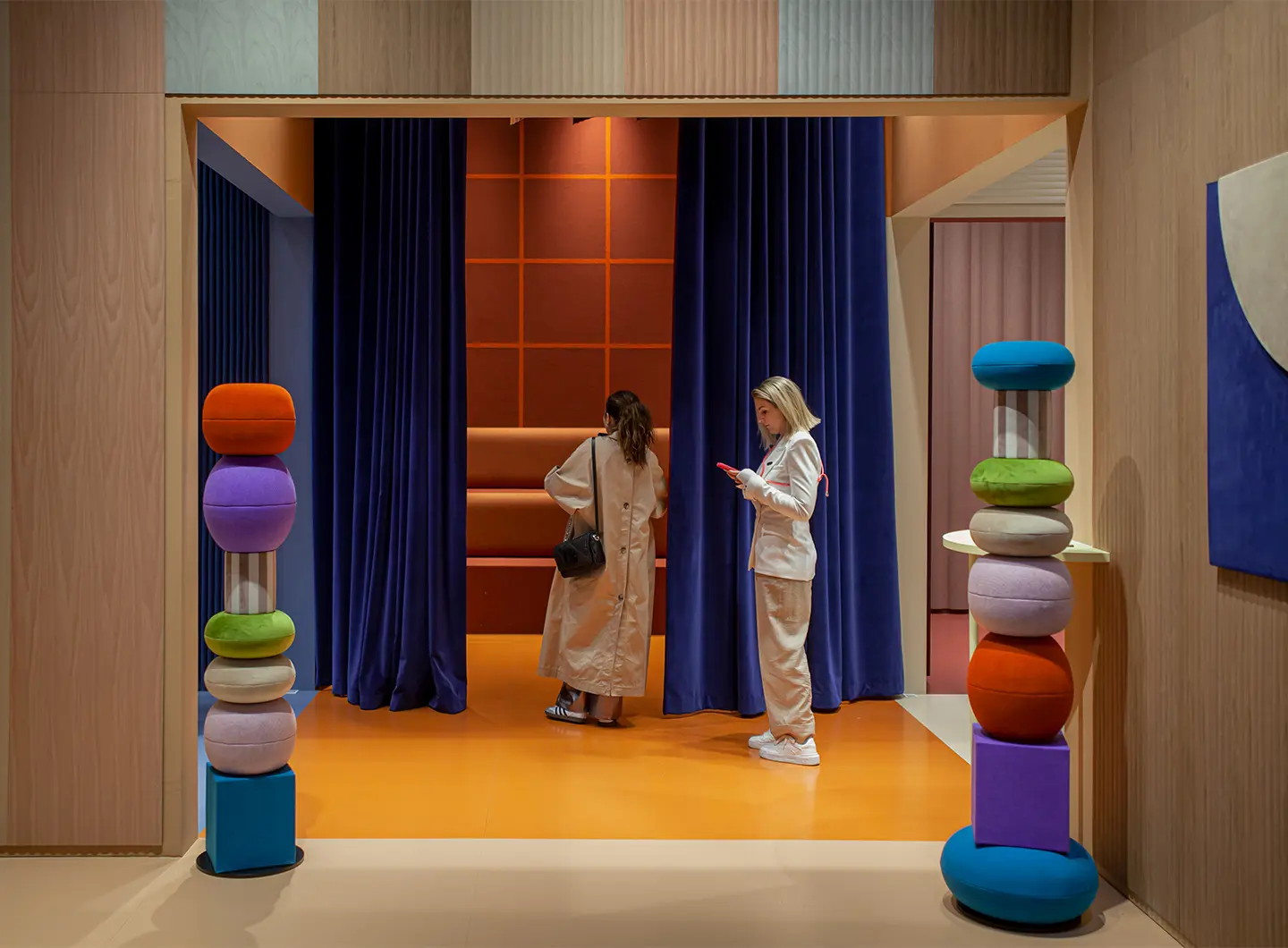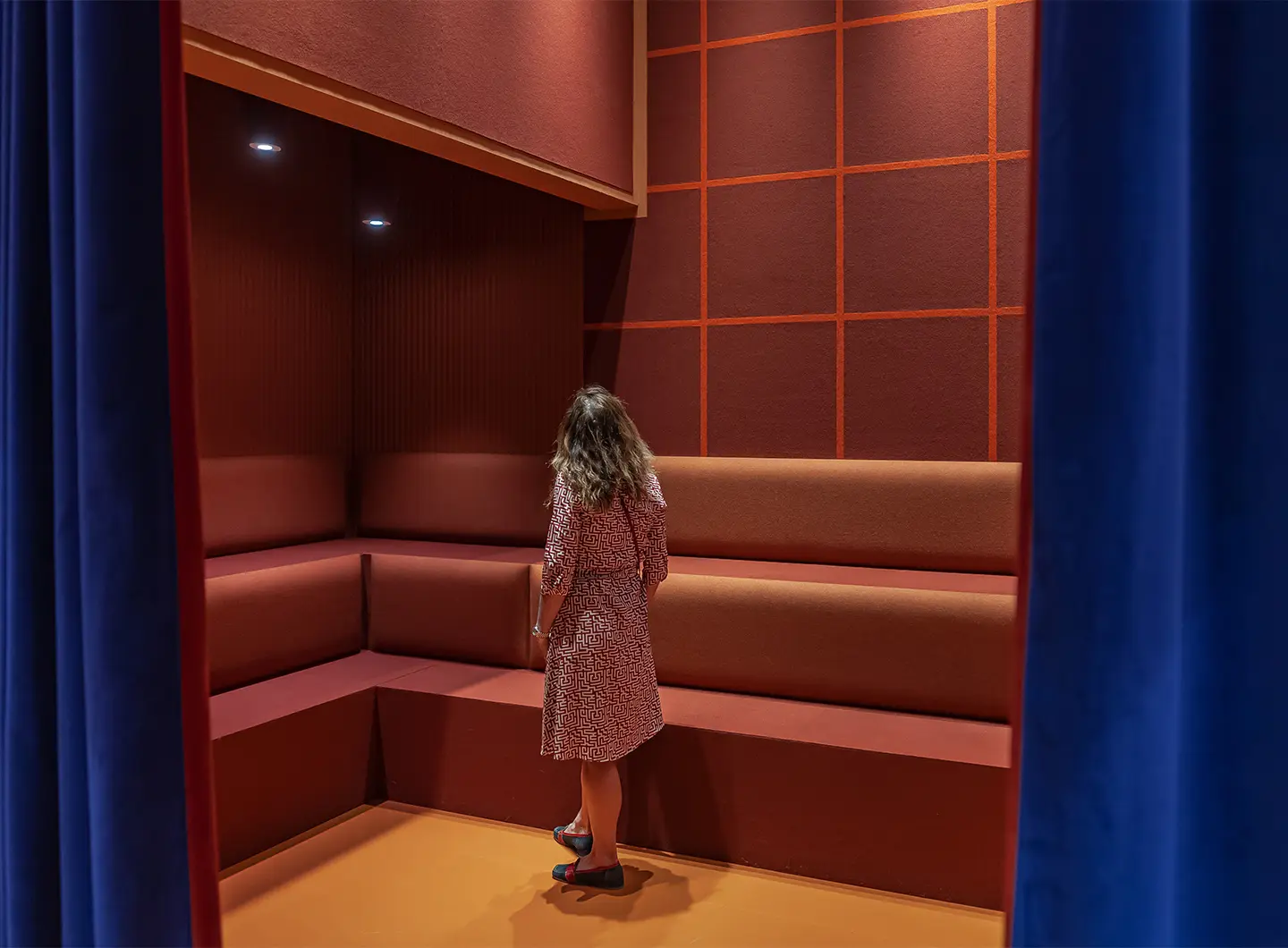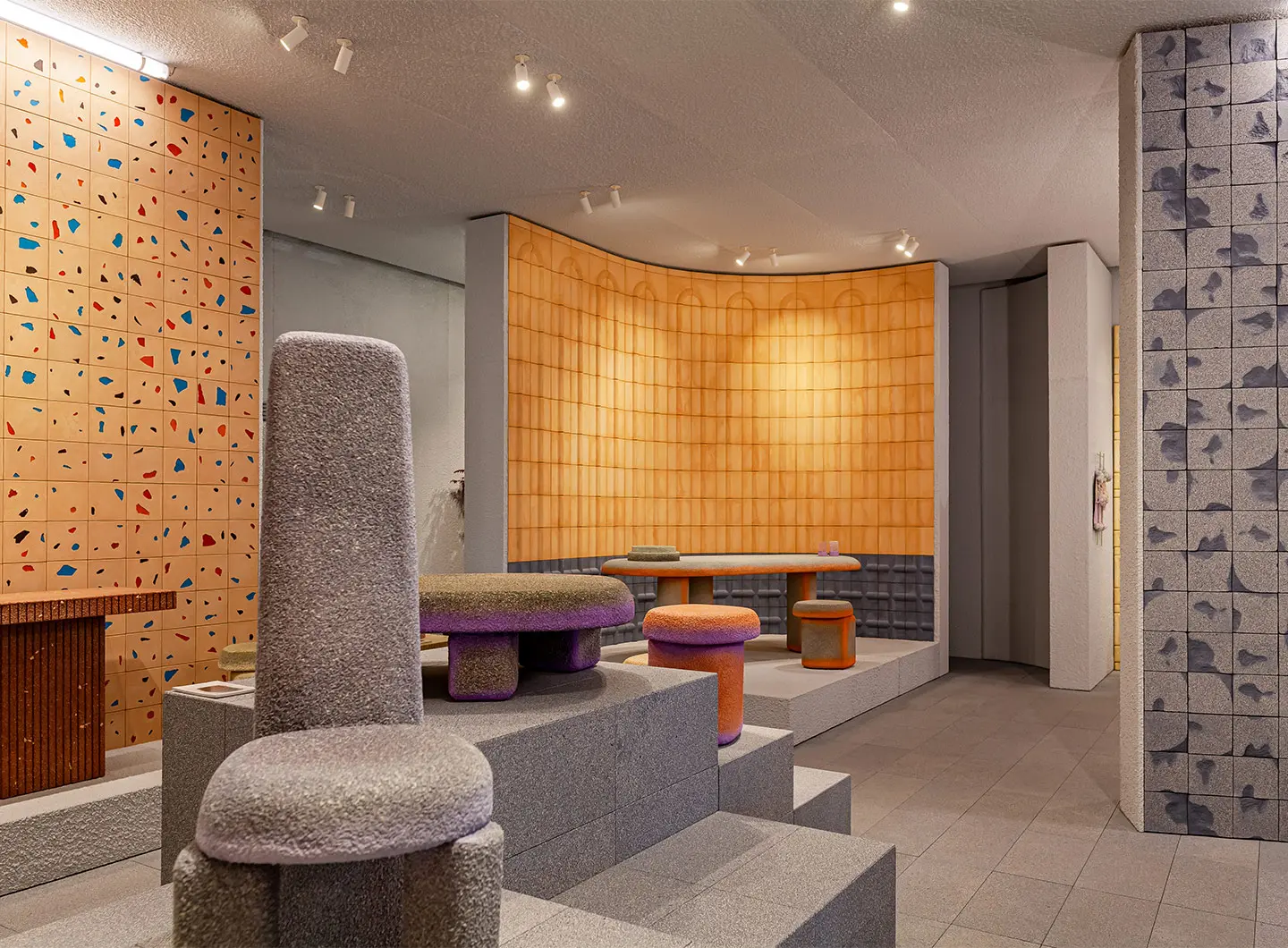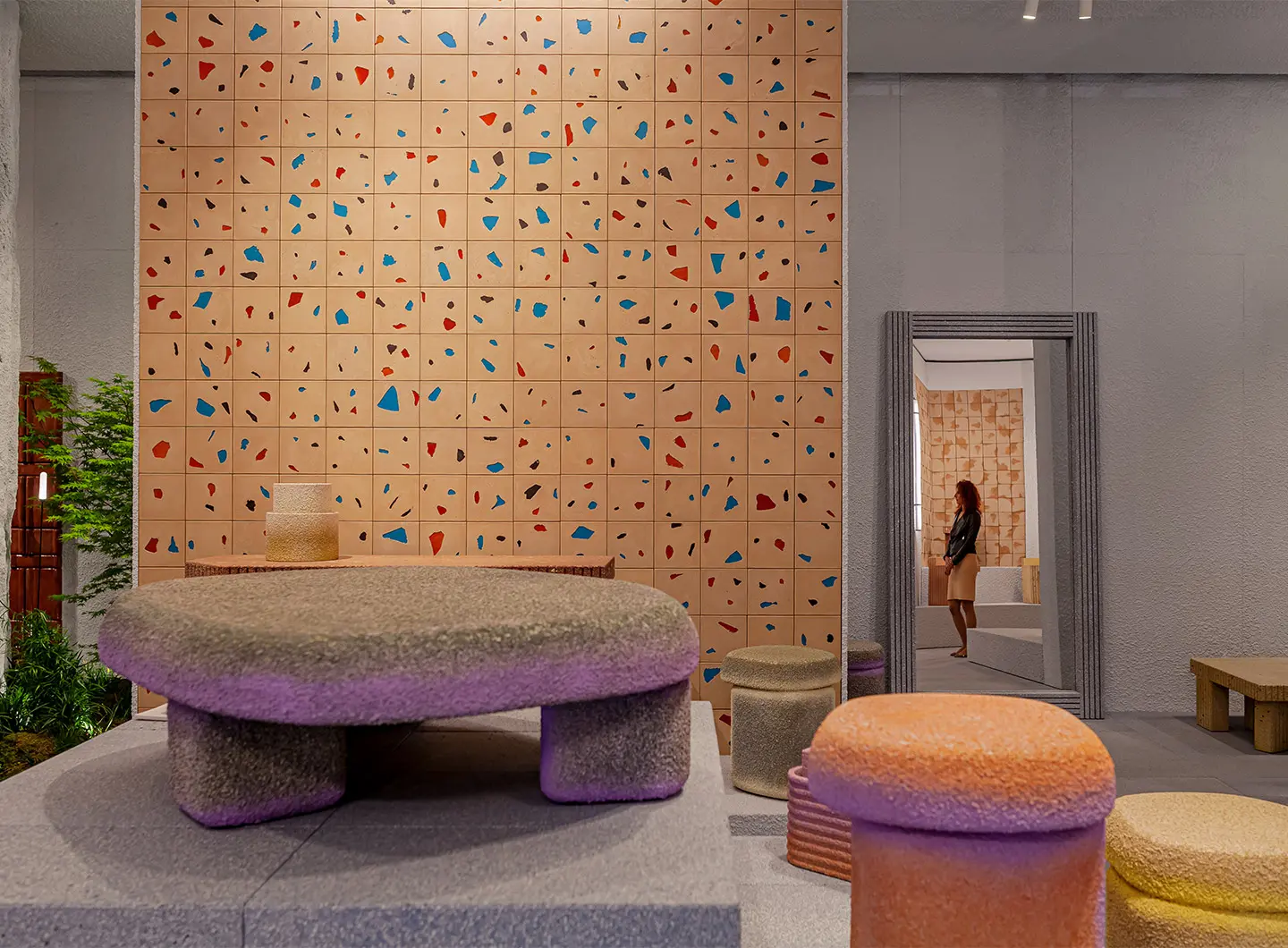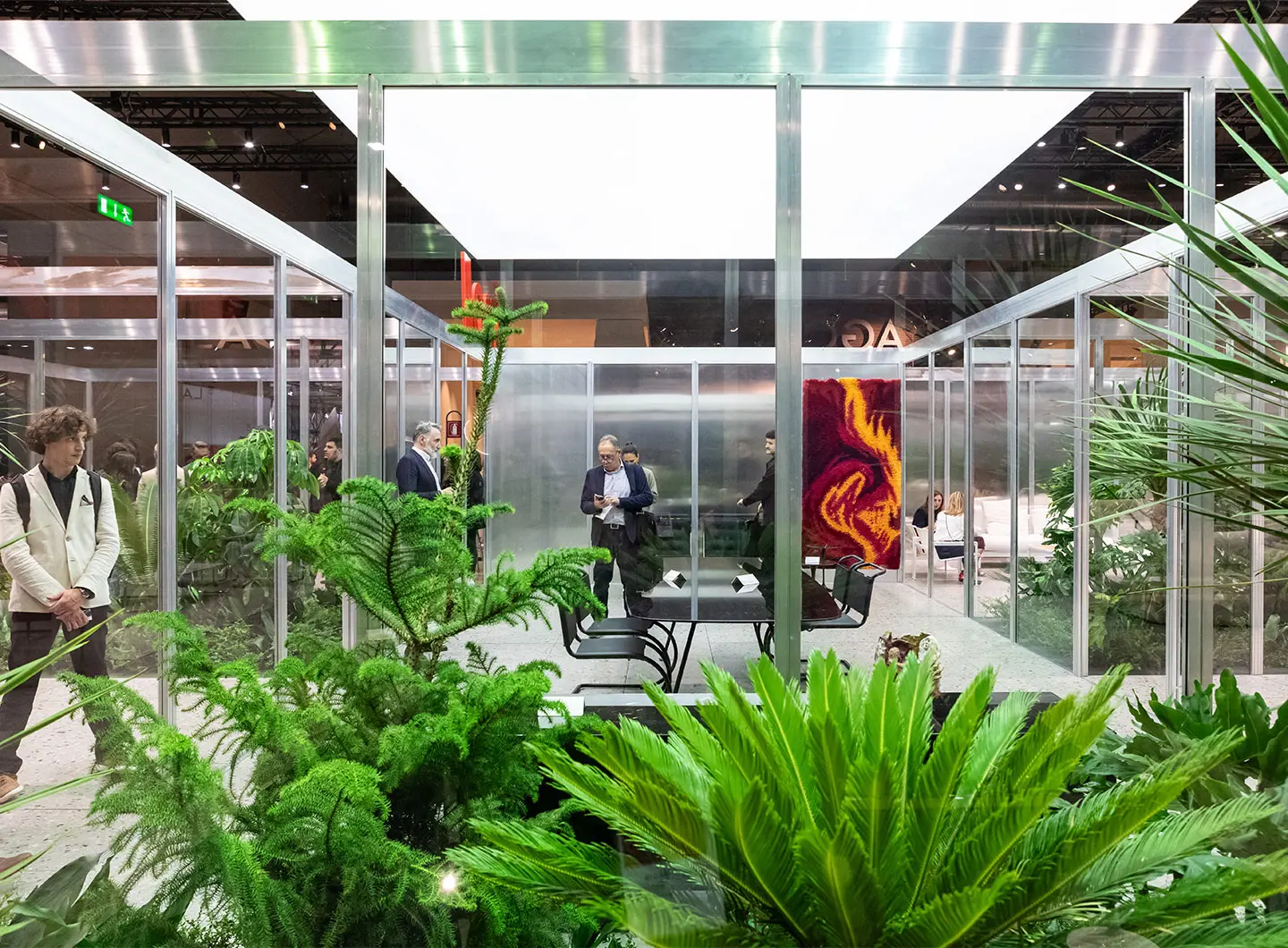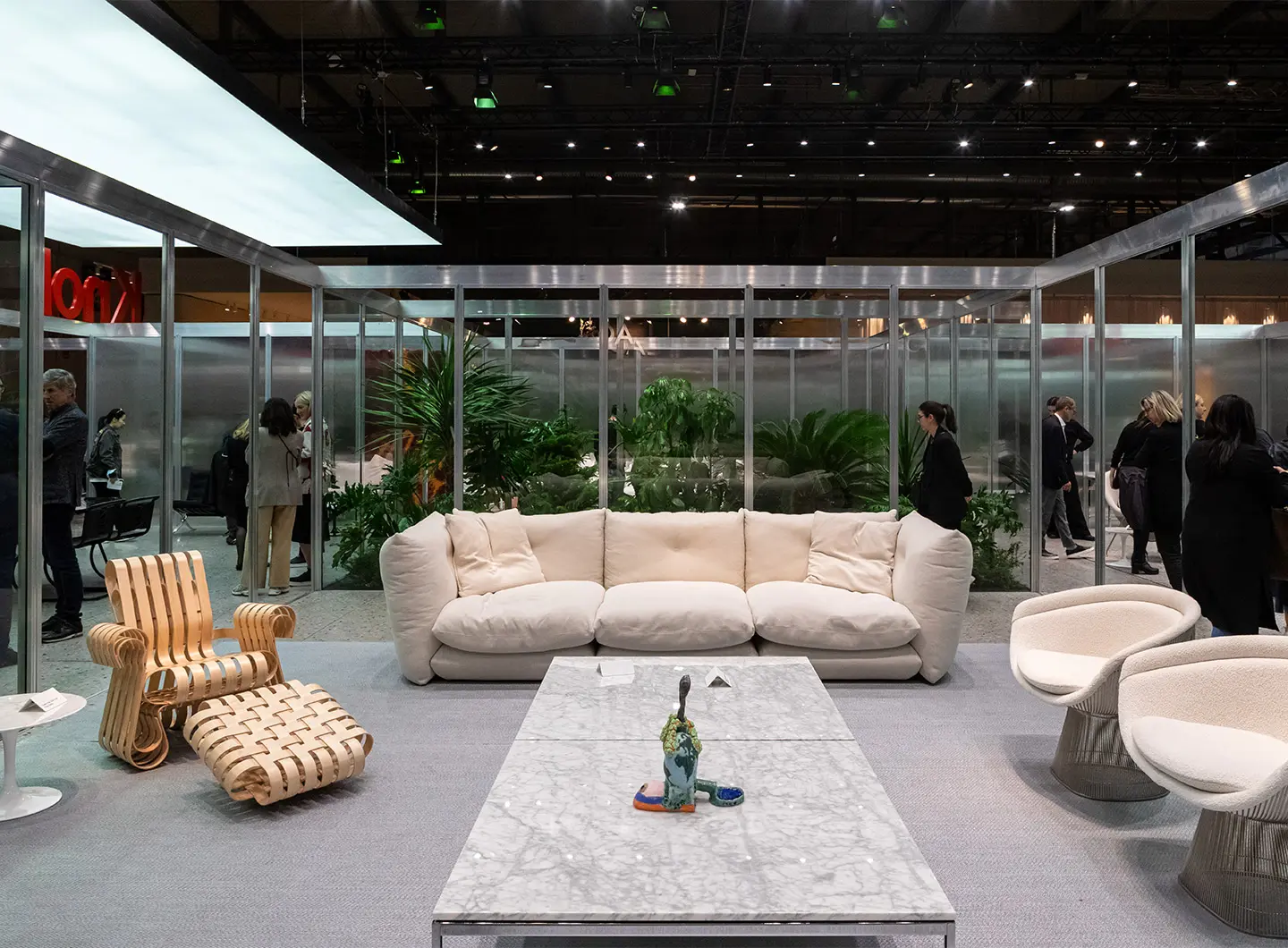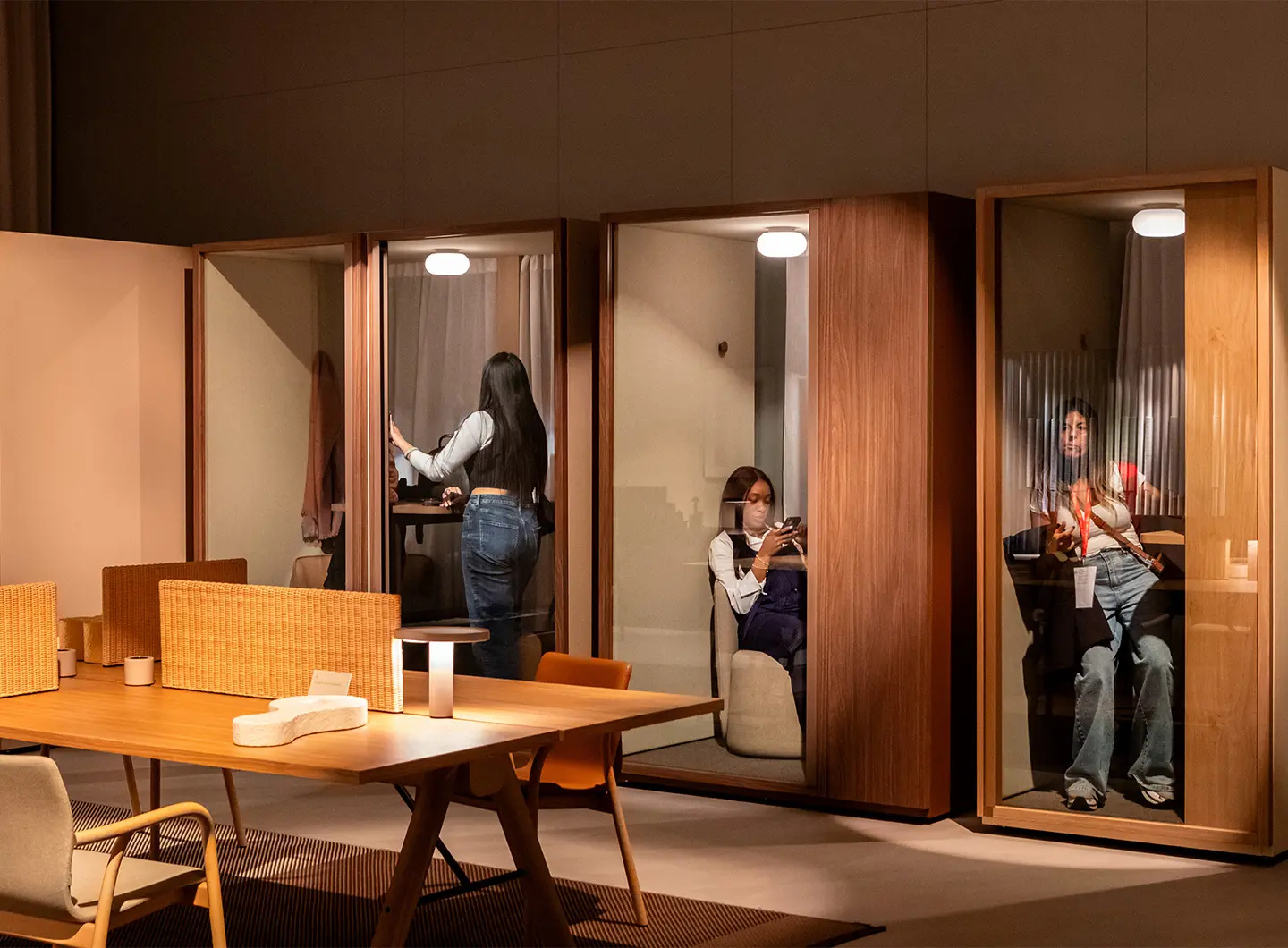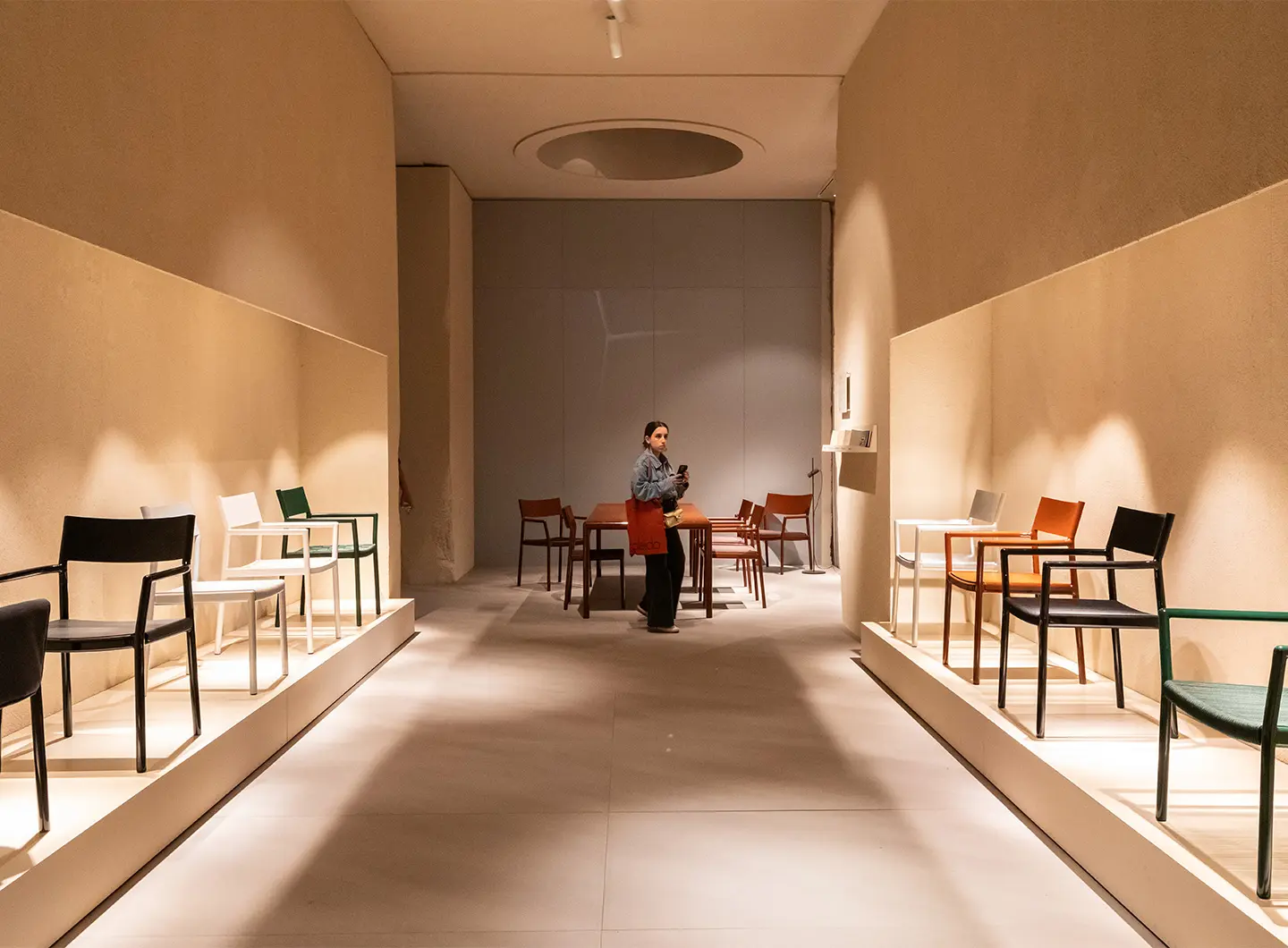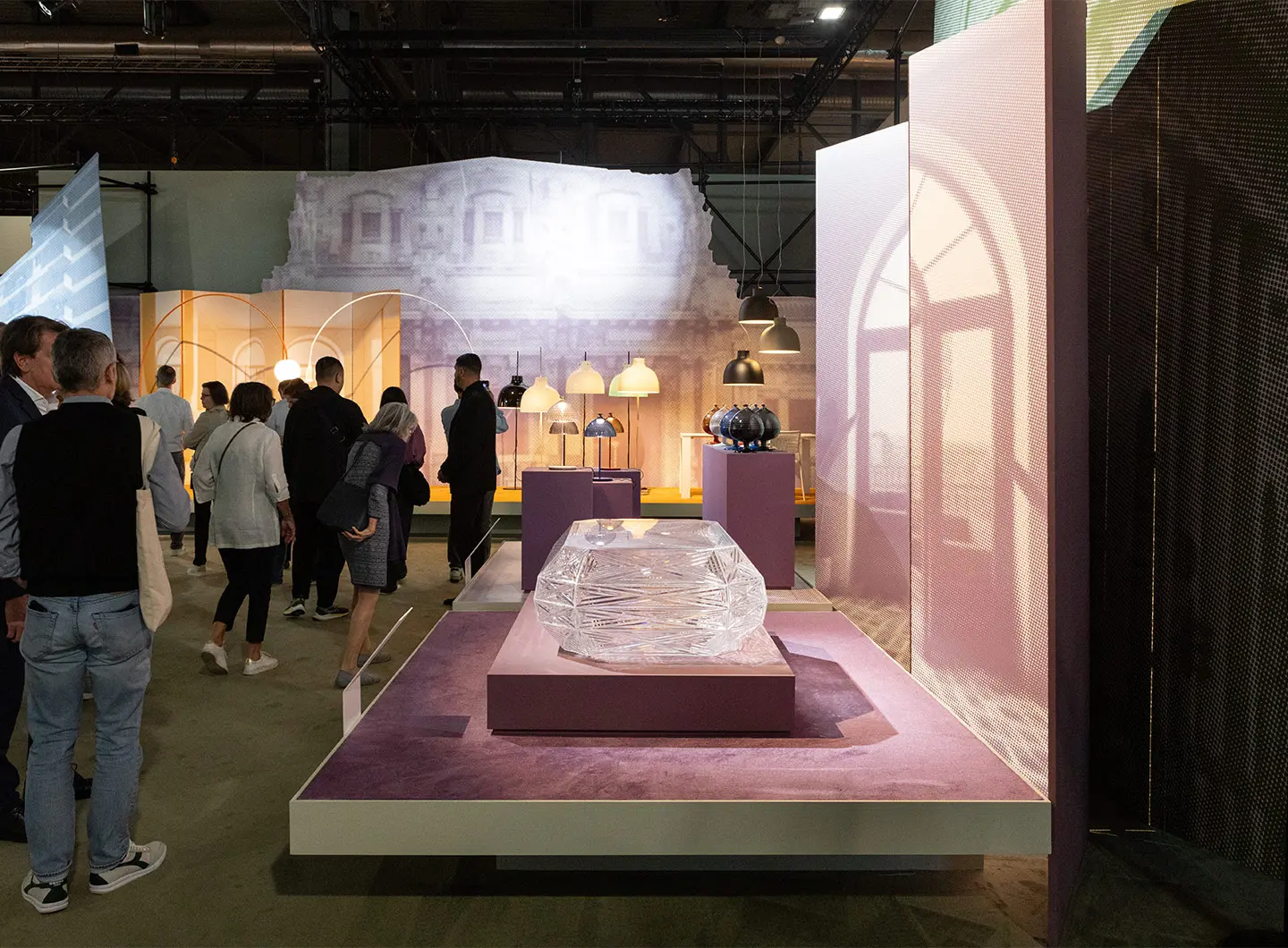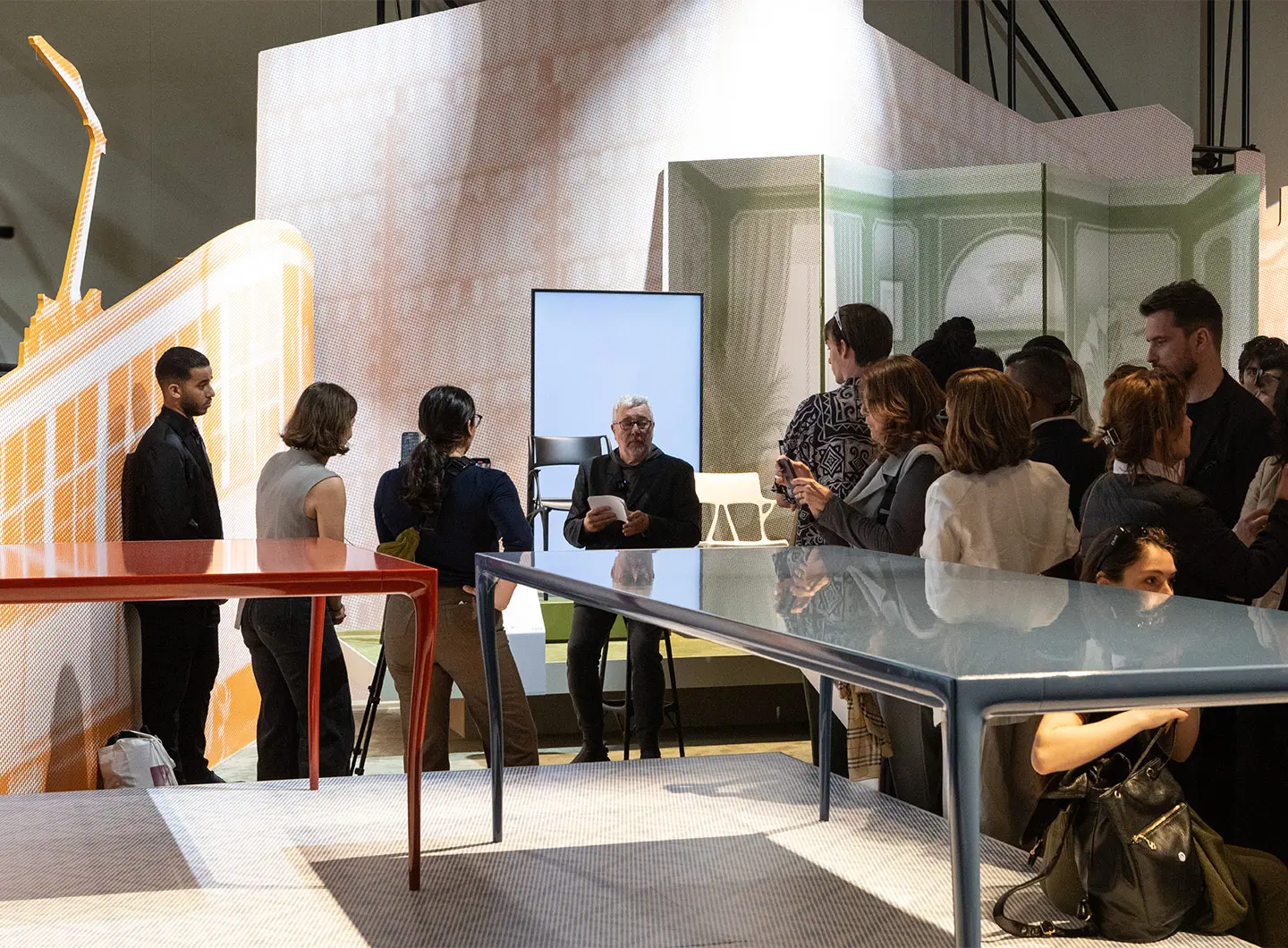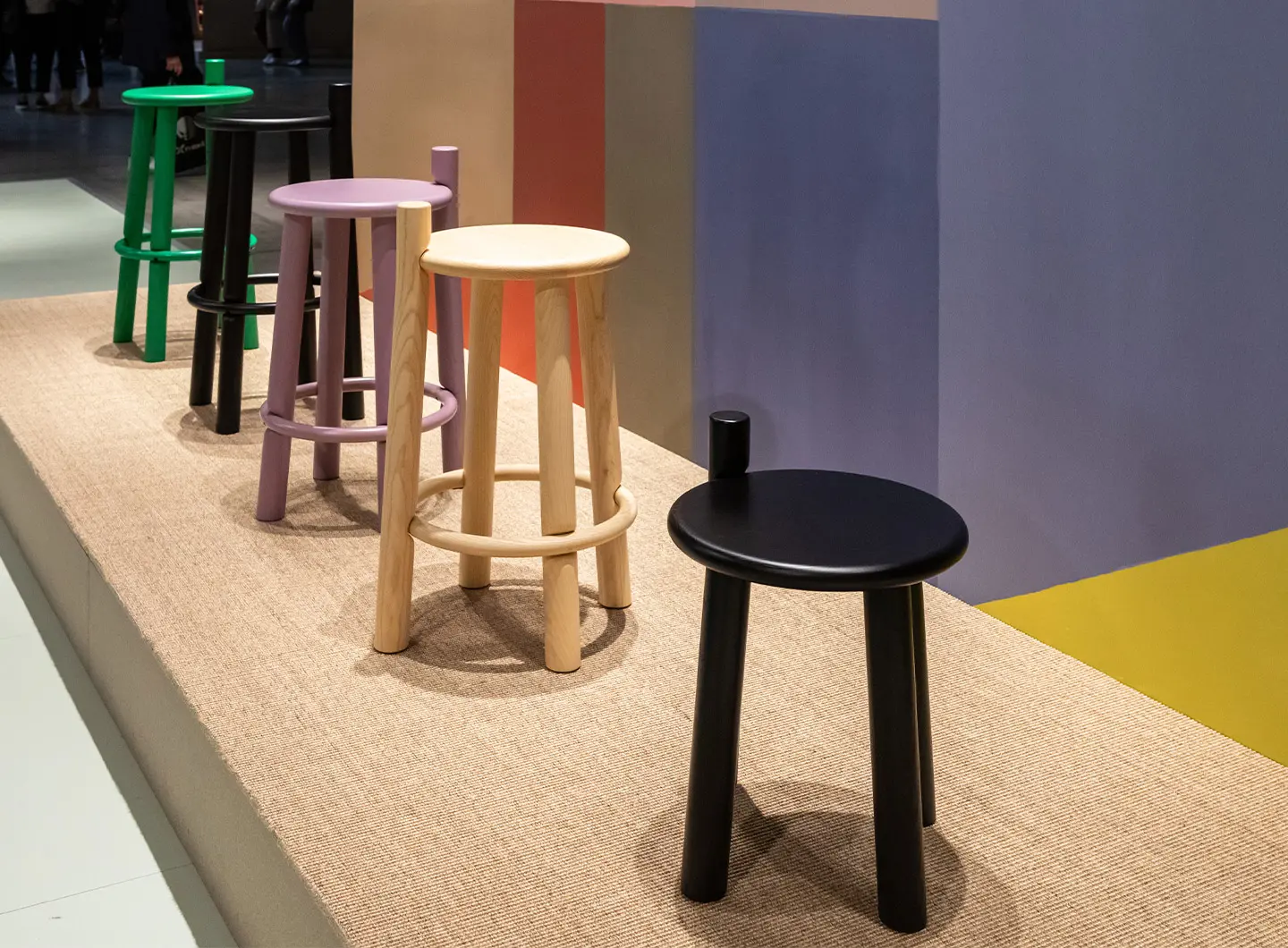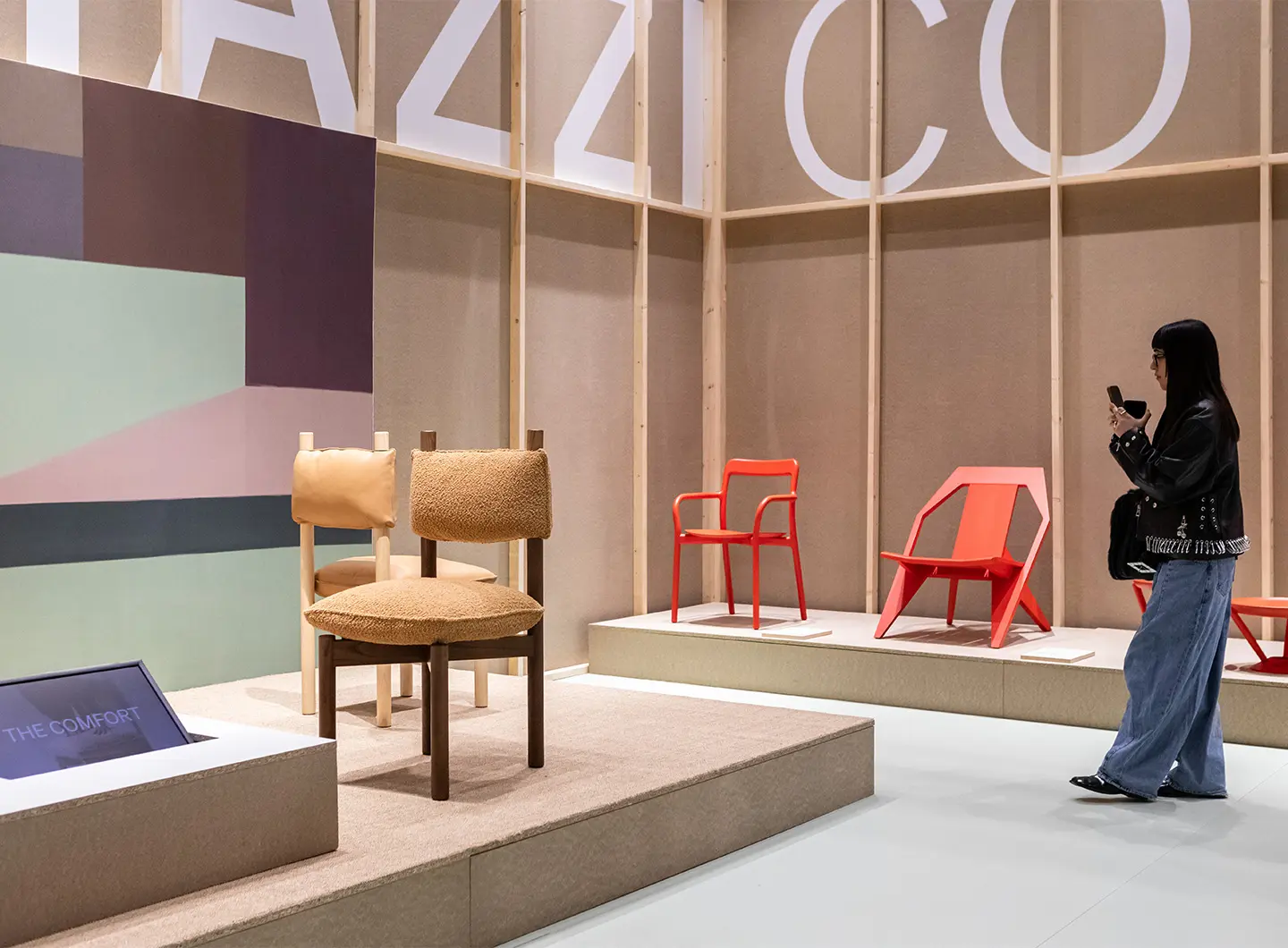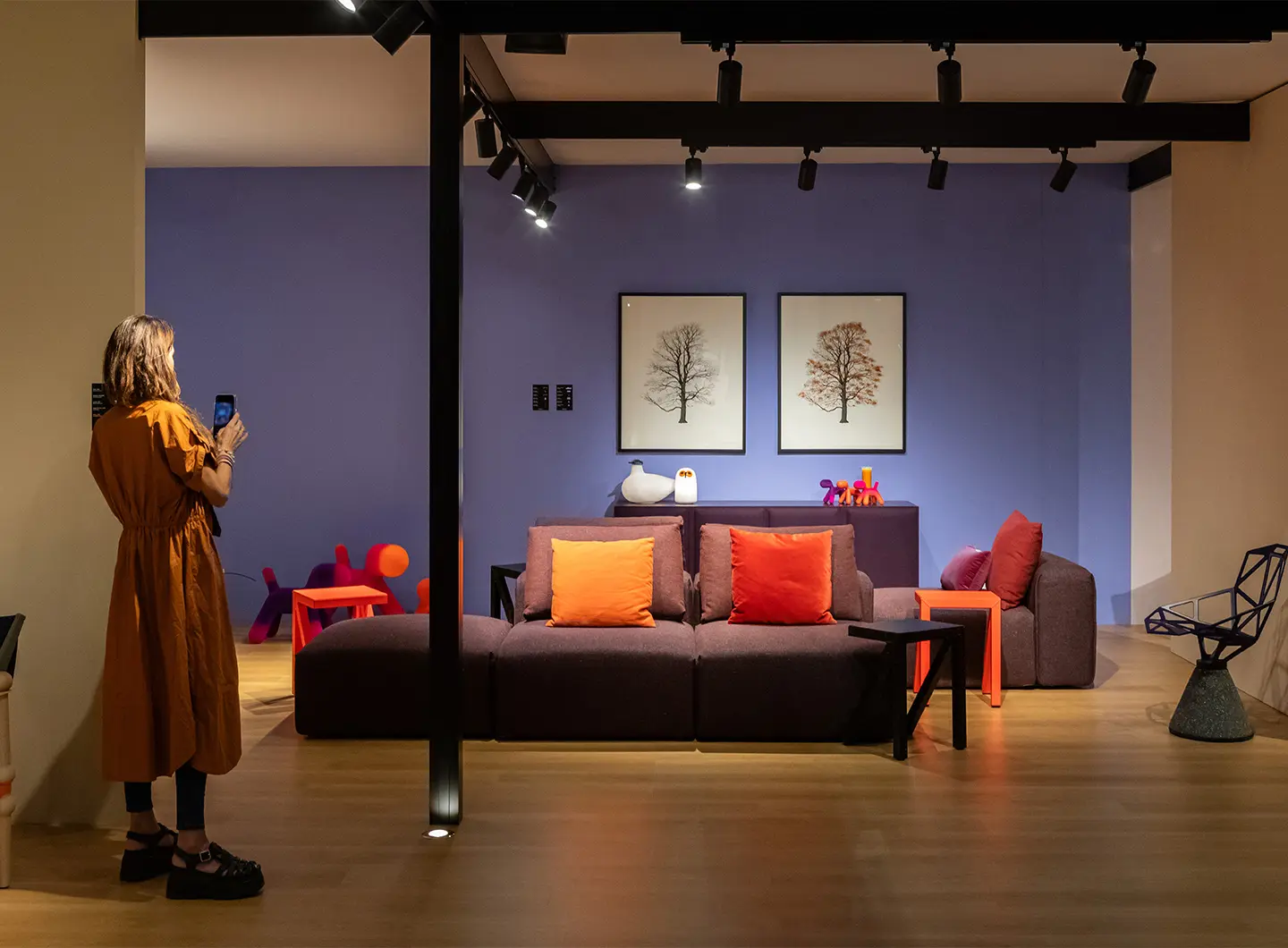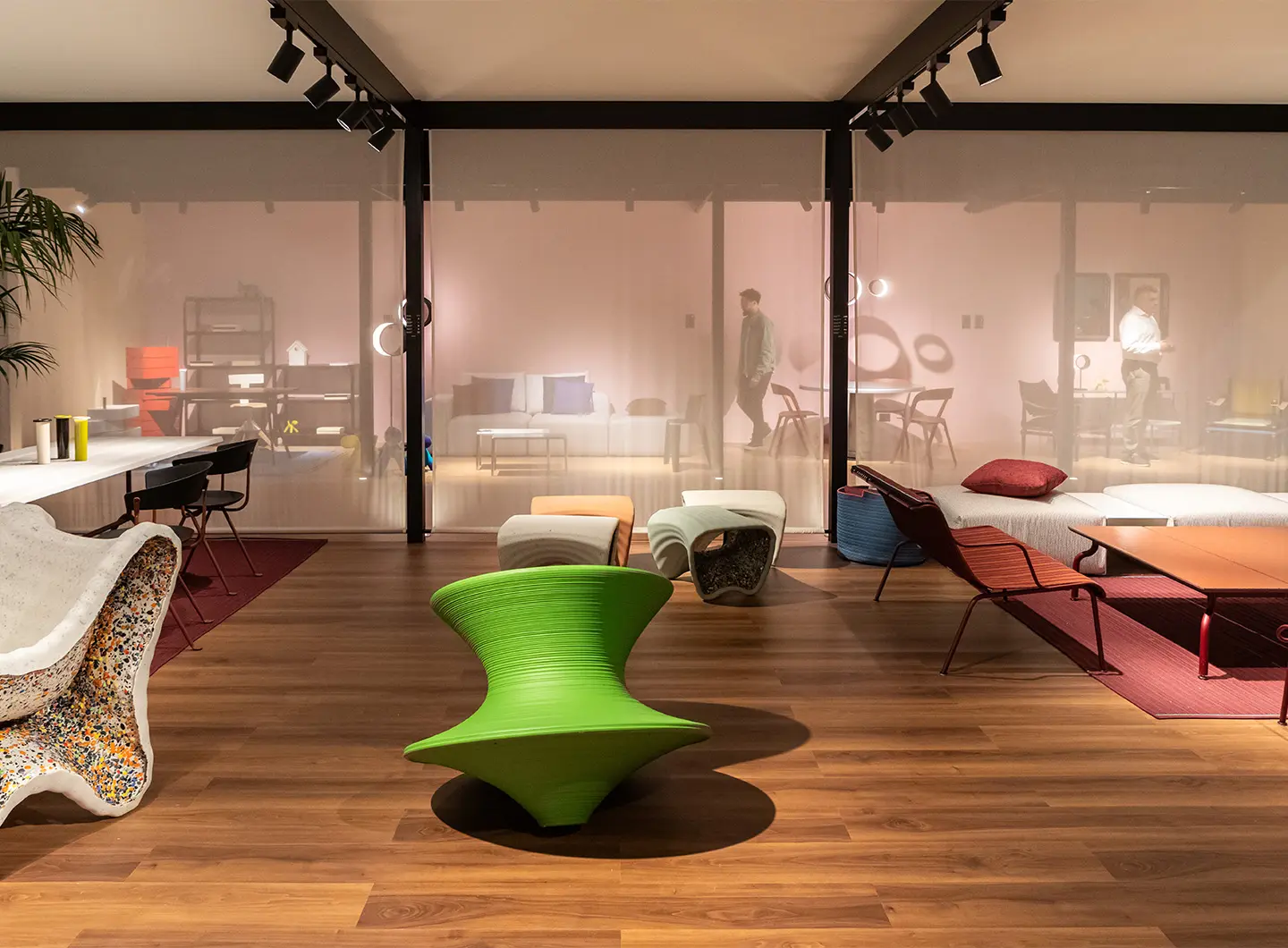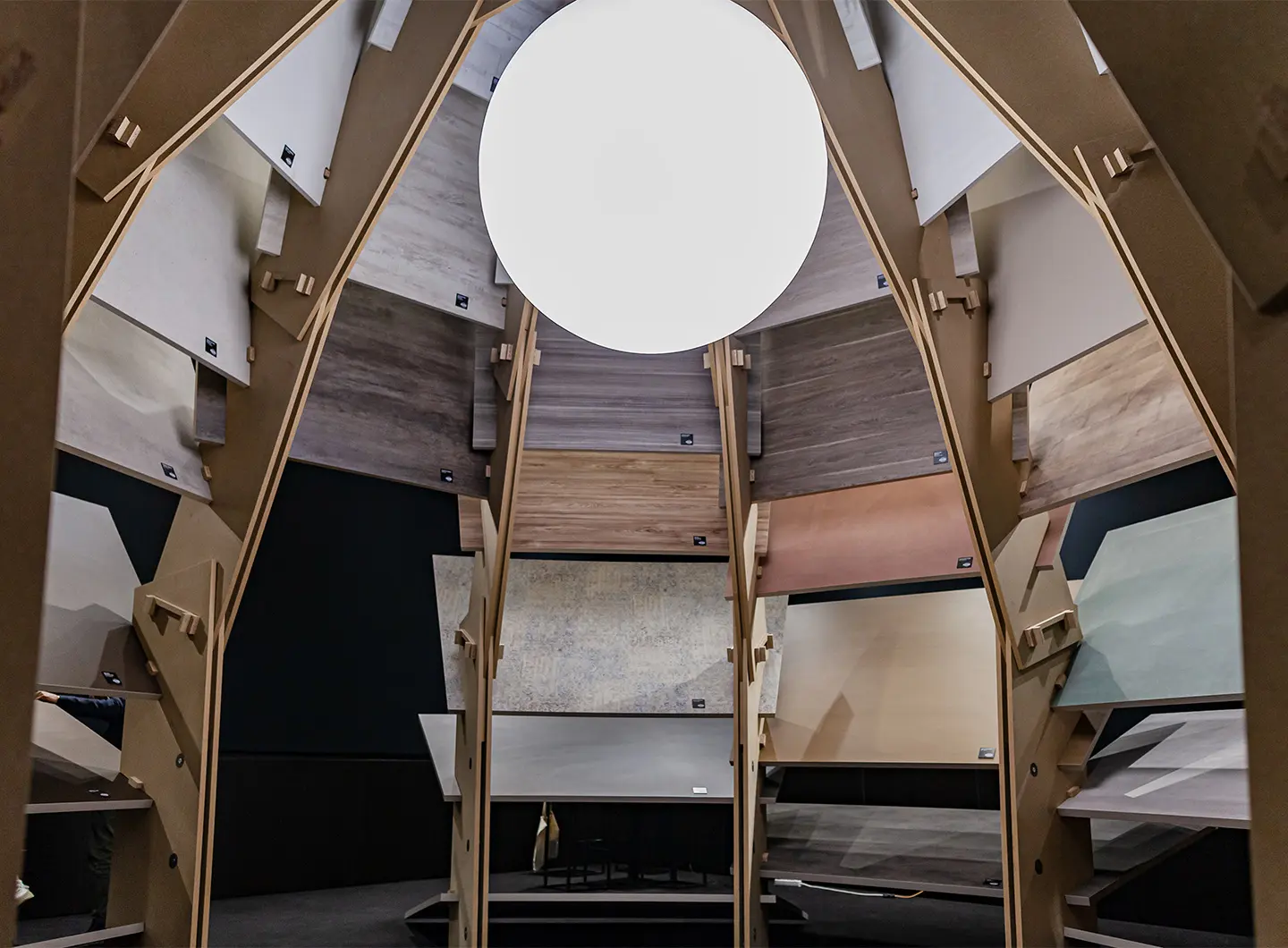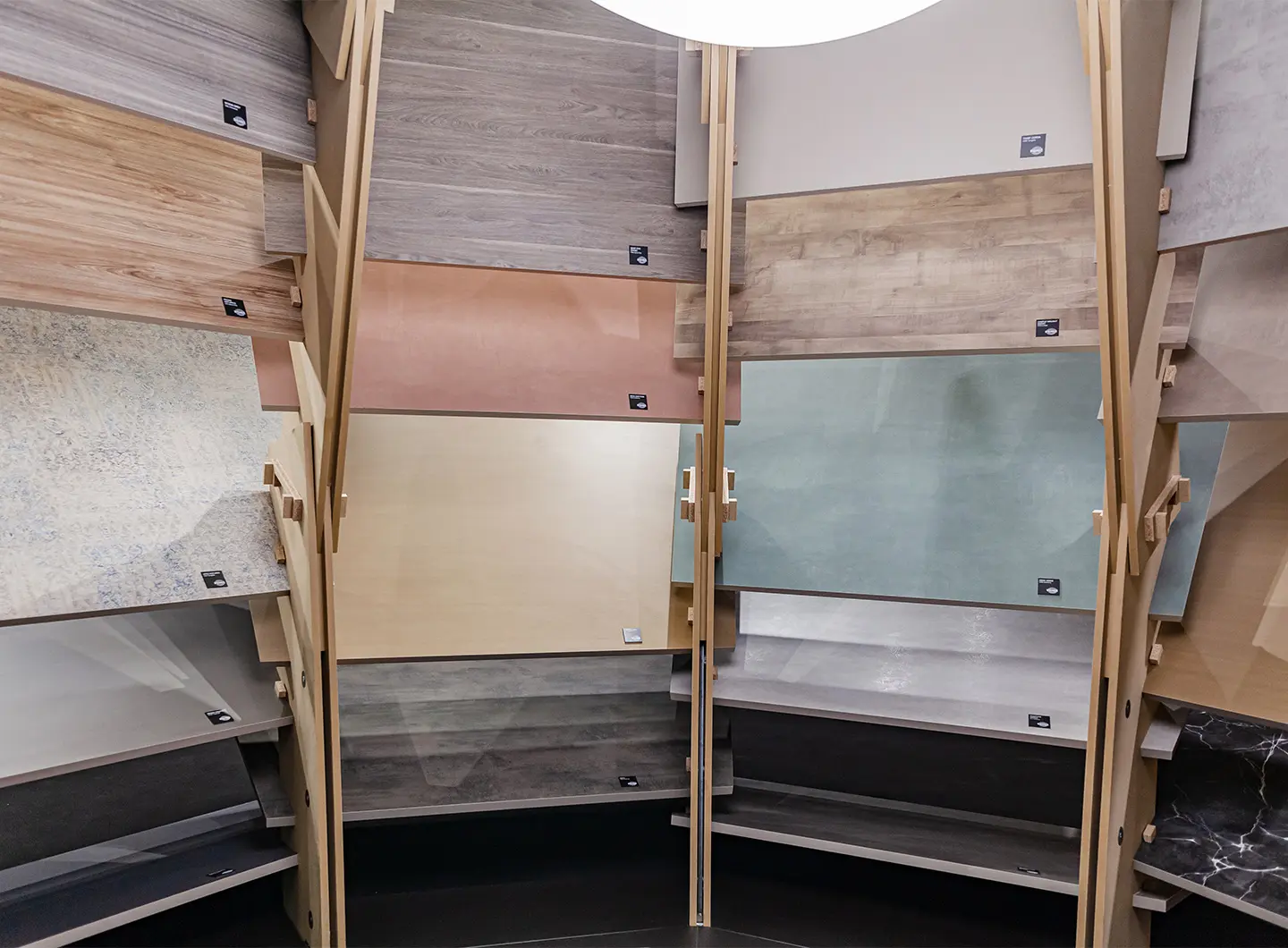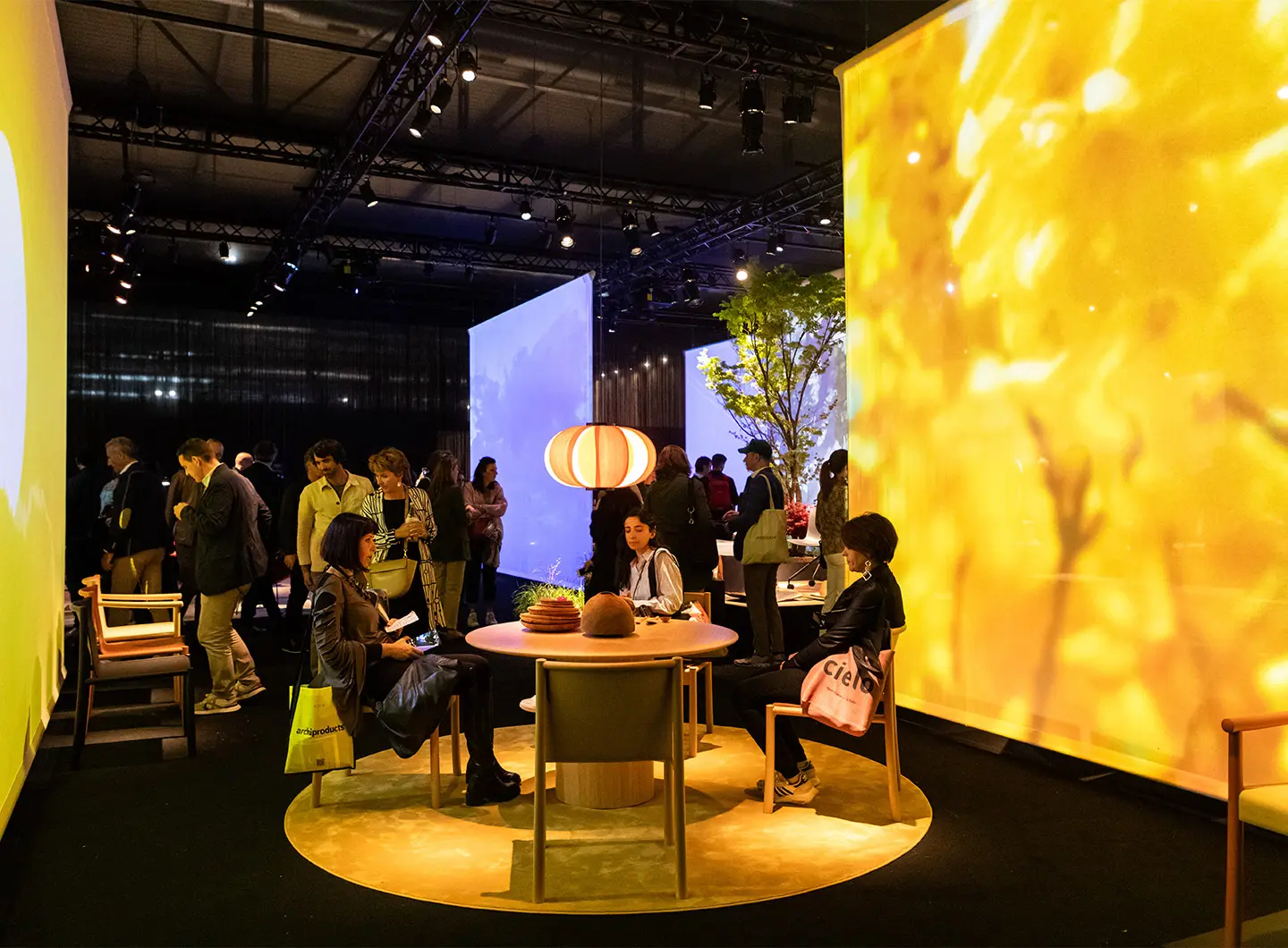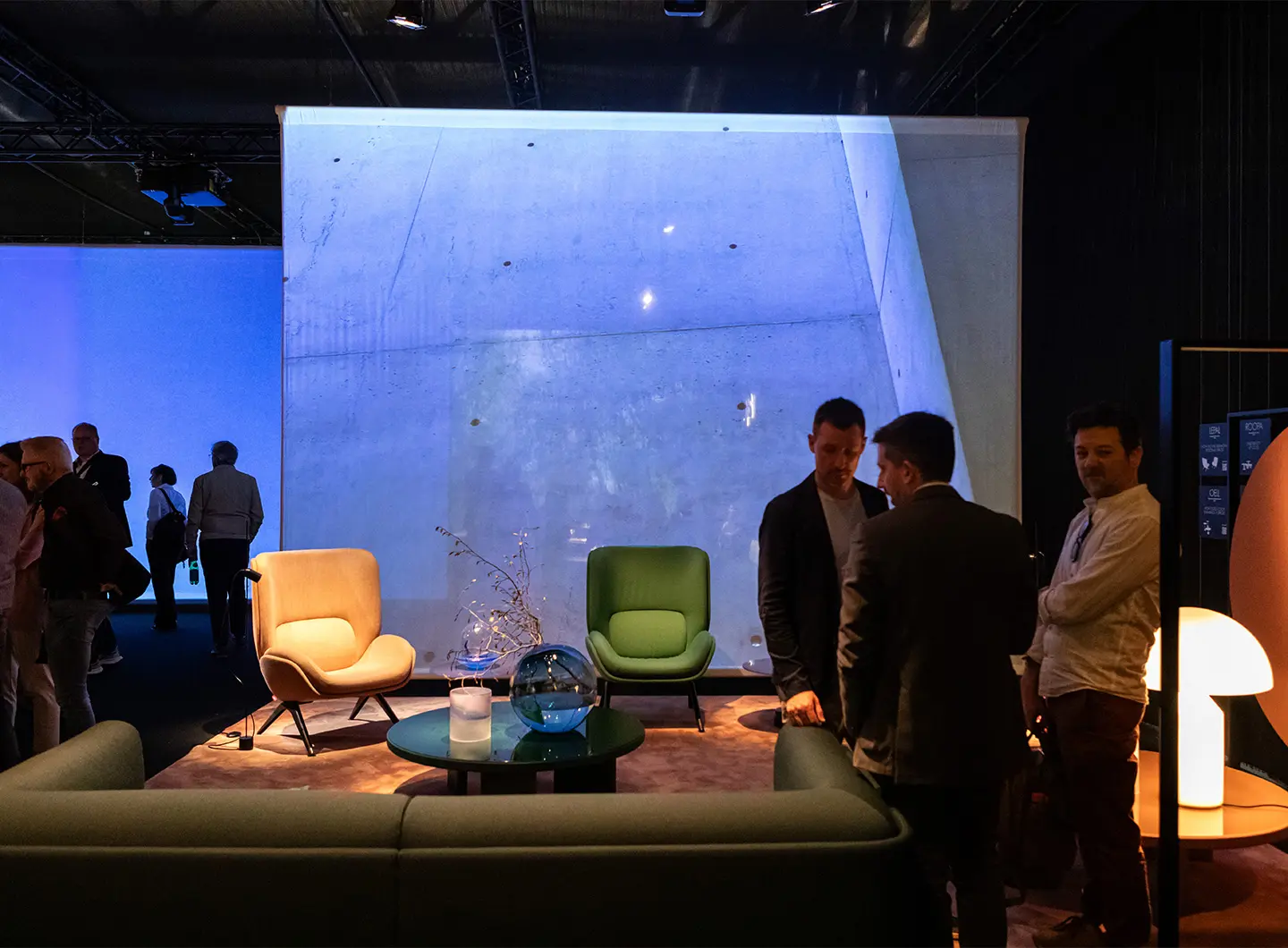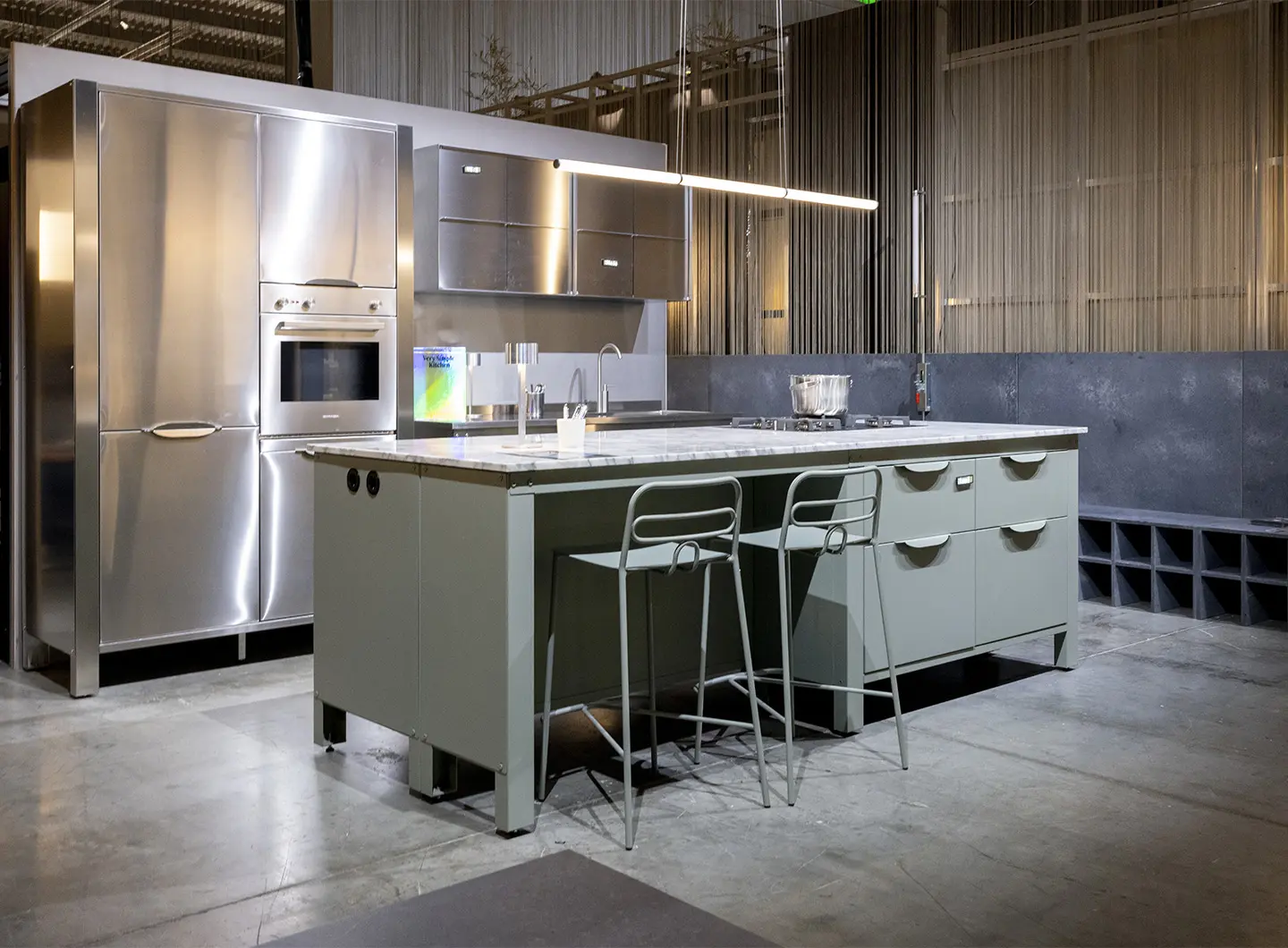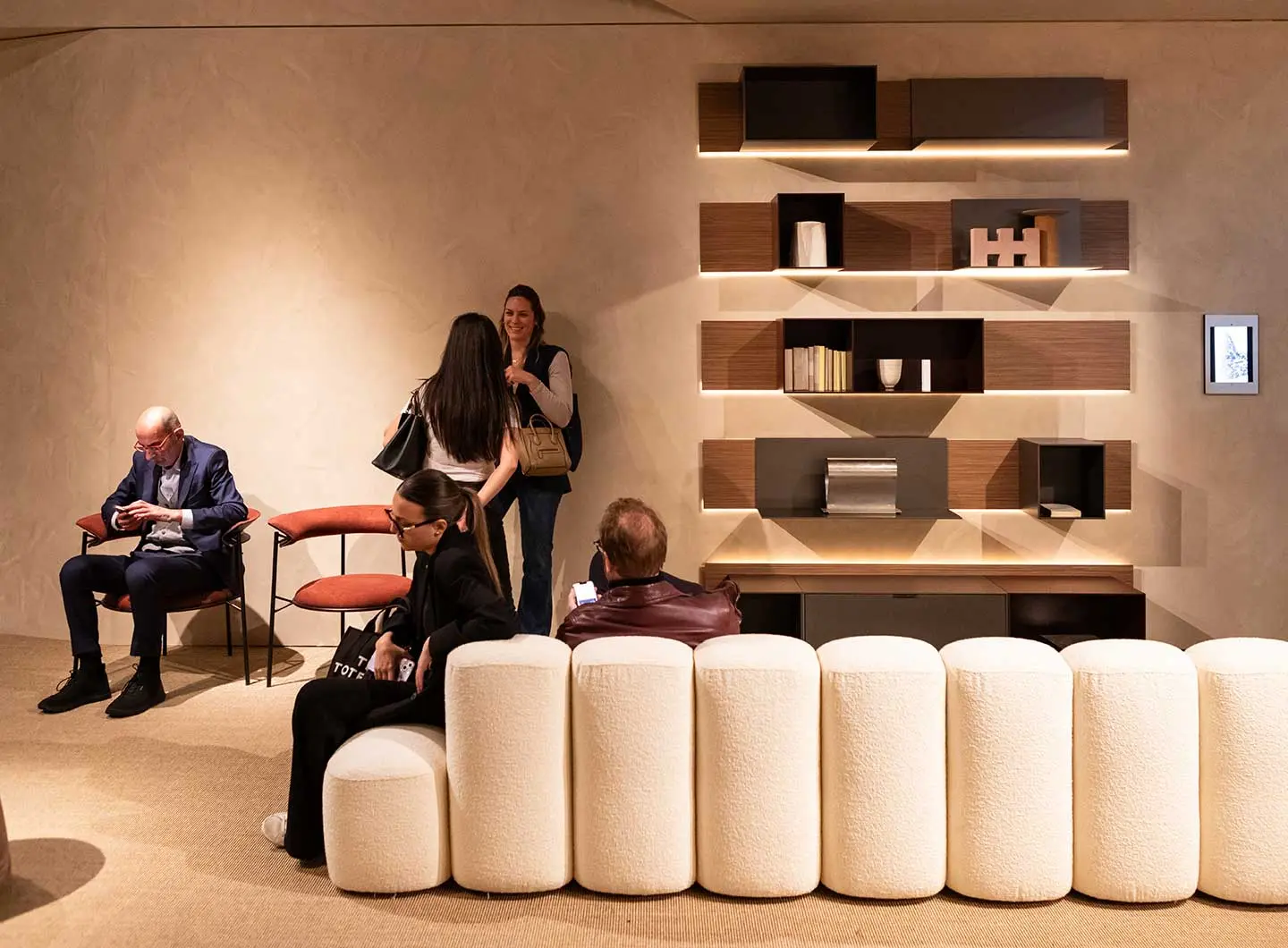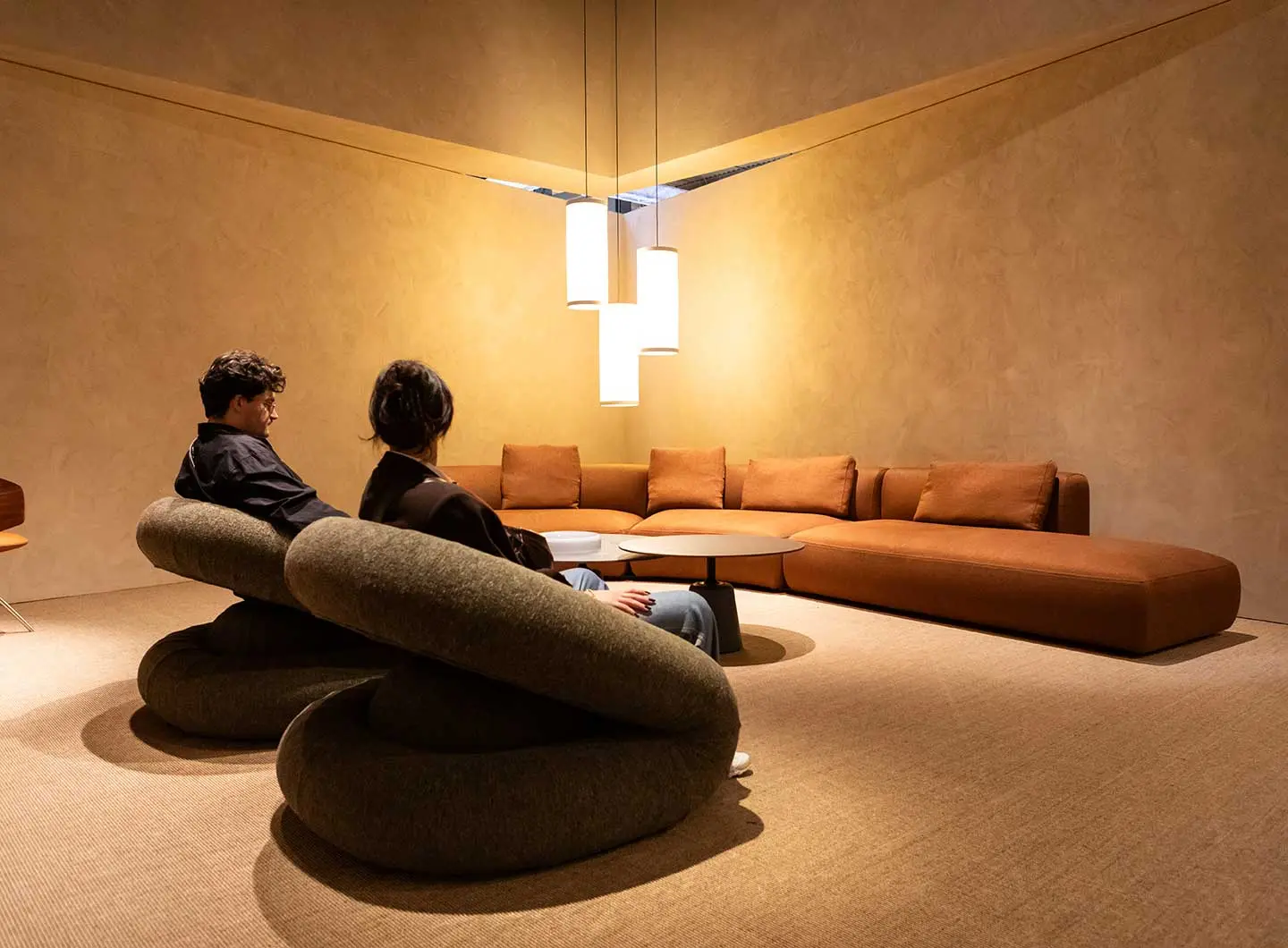From BIG to David Chipperfield, Frank Gehry to Snøhetta: a world tour of the best buildings set to open in 2026
Sustainability, the novelties and the challenges at the Salone del Mobile.Milano 2024
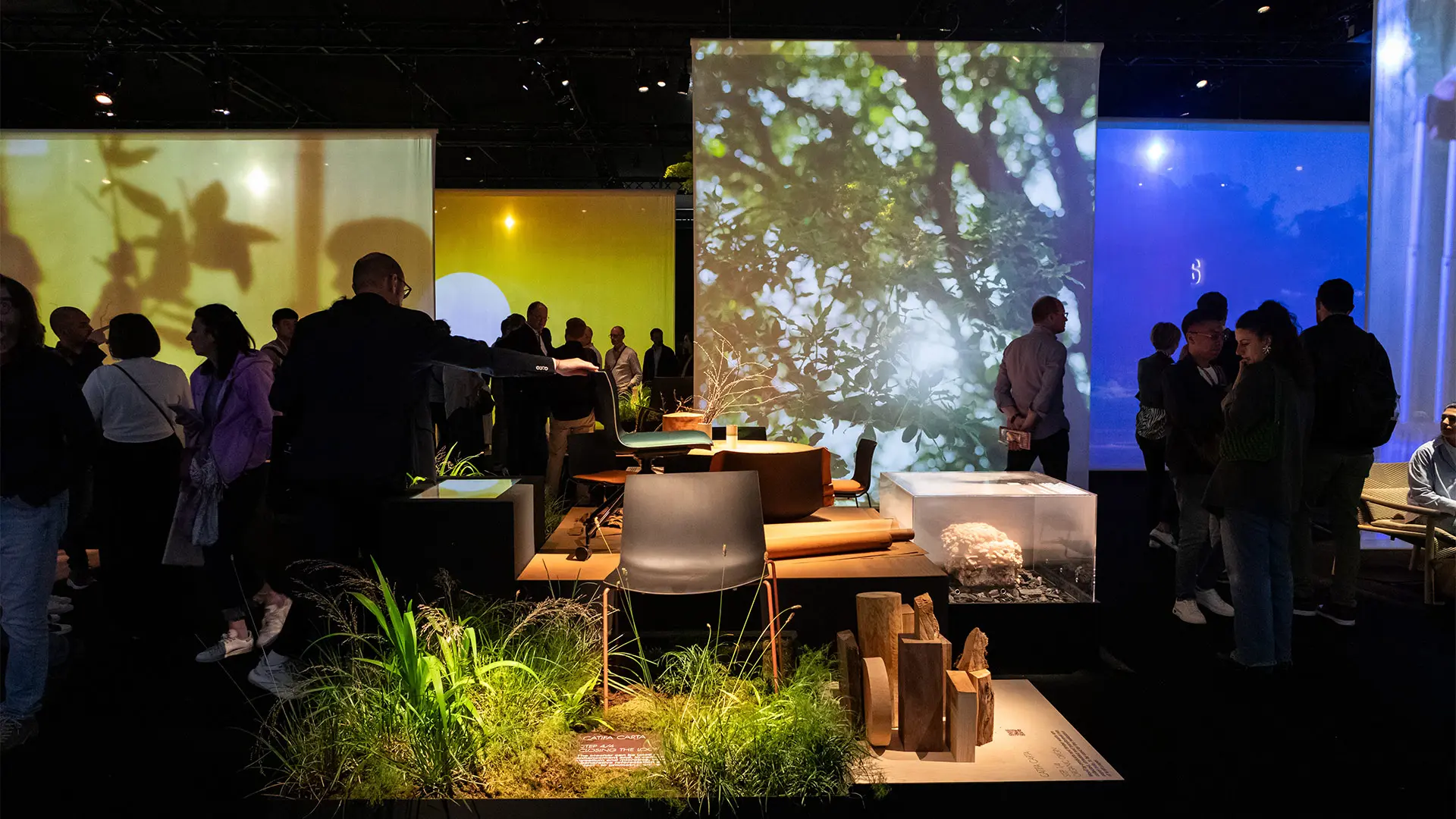
Arper - Ph. Andrea Mariani
The issue of sustainability is both a challenge and an opportunity to be grasped, by harnessing the discipline of design and the use of recycled, recyclable and possibly circular materials throughout their entire life cycle. There were a great many new things and expectations were running high, but the Salone del Mobile.Milano was up to the challenge
2030 is just around the corner and the European agenda doesn’t mince words, there are targets to be met and challenges to face if we are to make this planet sustainable, still inhabitable and, if possible, even better. Sustainability: a much-hyped word that has been associated with design for many years, and which represents both a challenge and an opportunity for Made in Italy, which sees Italy topping the European charts when it comes to policies linked to ecological transition.
The challenge is complex and the solutions available to companies and designers for achieving their desired objectives are myriad. First and foremost is careful research into the use of recycled, recyclable, natural and low-impact materials, that are also extremely durable, in order to increase product lifecycle.
From fully FSC-certified timber, by way of glass and aluminium, materials that achieve 100% recyclability coefficients without losing their physical and mechanical properties, there are synthetic materials derived from pre-and post-consumer recycled plastics and bio-based and circular materials. There is, however, another possible way forward, which lies in the hands of technical offices and designers, and consists of the ability to design standardised products with reusable and easily replaceable components, using a limited number of these so as to keep parts to a minimum, and which can be easily disassembled at end of life or that contain parts that are easily replaced. Finally, there is the question of display: the Salone del Mobile. Milano has endeavoured to provide solutions and directions for exhibiting companies, fundamental for creating an event with low environmental impact.
Recycled, recyclable and circular materials
Using low impact materials at start and end of life is an essential aspect of the sort of design mindset keen to progress towards sustainability. A great many new ideas and products were showcased at the 62nd edition of the Salone del Mobile.Milano.
On the subject of materials from recycled sources, Magis worked with Thomas Heatherwick's studio on In-side, a collection of rotationally moulded seats featuring a unique combination of bio-plastics and post-consumer or post-production recycled polymers.
The Italian company Slalom presented sound-absorbing partitions made from 75% to 96% post-consumer recycled plastic, which is 100% recyclable, while Bloom is a sound-absorbing panel made of bio-based material combined with a mixture of natural fibres and flower petals to bring the idea of a spring meadow into the domestic space. Saviola's Ecological Panel® is produced from recycled wood, and the company showcased a panel made from 100% recycled wood this year. Feathers from discarded cushions were used to create the MC25 — PAF PAF chair designed by Maria Cristina Irvine for Mattiazzi.
Cimento uses materials derived from waste aggregates for its products. The company, which brings cement into the domestic environment, uses glass production waste and aggregates from abandoned quarries to create a highly evocative material.
Then there are the hyper-resistant and highly recyclable materials such as, for example, aluminium, used by Ronan Bouroullec in his new Passage chair for the Spanish company Kettal. Passage is stackable, boasting an entirely aluminium structure composed of legs and armrests, with a piece of aluminium making up the seat. Lightweight and extremely durable, the seat can be customised using other materials such as rope or wood.
On the subject of circularity, Arper was responsible for the great novelty of this edition of the Salone del Mobile. The company presented Catifa Carta this year, which is a re-edition of the famous Catifa 53, featuring a backrest-seat shell crafted entirely by bonding 29 sheets of paper with a natural resin binder, in a process that involves fire. A chair that comes from trees and returns to the earth, helping the former to grow by becoming compost.
Designing for sustainability
A second viable option for achieving sustainability is to design with a view to simplifying, reusing and facilitating replacement and end of life disassembly.
With this idea in mind, Magis has produced Tacito, based on a design by Alessandro Stabile, a sideboard with felt doors devoid of hinges but which open and close by means of magnets. The same design idea is taken up by Very Simple Kitchen, which uses standardised components and fewer parts for its kitchens to simplify replacements, repairs and disassembly.
Geared to creating an easily transportable and customisable system to reduce the environmental footprint, MDF Italia showcased the Array sofa designed by Snøhetta this year. Array is a sofa system composed of small modules that are easily transportable and configurable to facilitate assembly, as well as replacement, and end of life disposal.
The Salone del Mobile.Milano doesn’t simply consist of products, however; the layouts of the pavilions are an essential consideration when it comes to the pursuit of sustainability.
The Salone del Mobile.Milano is committed to integrating sustainability policies into the event by issuing its companies with guidelines for producing installations that are as low impact as possible and designed with an eye to recycling and reuse. Debonamedeo responded to this appeal in its set-up for the Adrenaline stand - an ‘agora’ – or gathering place - with columns floating from above made from nothing more than the rolls of paper used to package the fabrics the company uses in its products.
The same principle applies to the space designed by Sancal: no flooring and scaffolding tubes covered with a fabric made from scraps of the linings normally used to wrap the padding inside. That meant no waste at the end of the fair. Finally, there was the space designed for Knoll by OFFICE with the colour designer Salem van der Swaagh and the architect Pernilla Ohrsted - a pavilion employing aluminium profiles and glass partitions to recreate a 100% reusable domestic space.


 Sustainability
Sustainability
